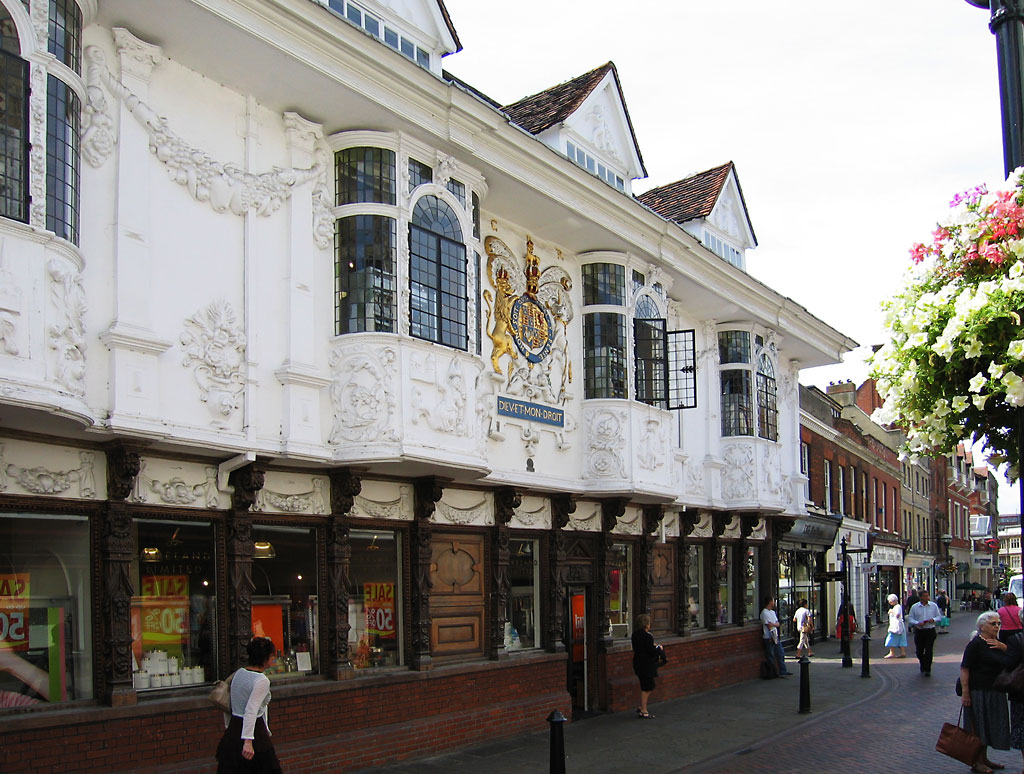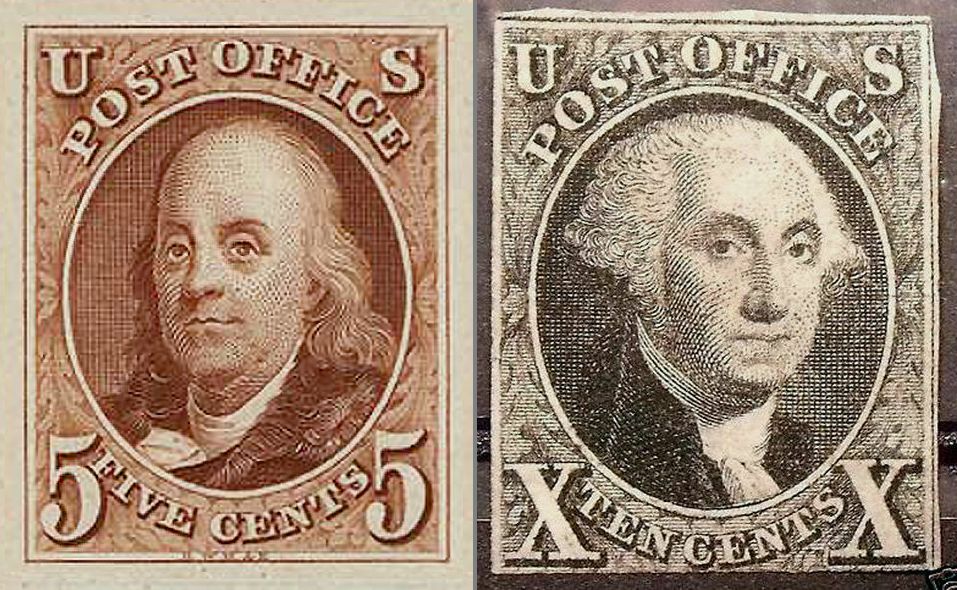|
Henry George Todd
Henry George Todd (20 January 1847, in Bury St Edmunds – 30 June 1898, in Ipswich) was an English artist active in Suffolk. Henry was the son of George Todd (1820–1904), a painter and decorator and grainer to whom he became apprenticed. In 1865 he attended art school and later progressed onto the Royal College of Art. He returned to Bury St Edmunds but then moved to Ipswich living at 1 Rope Walk by 1871. He worked for Alfred Stearn & Son, whose decorating company was highly regarded. Henry worked full-time, completing a number of commissions for shop fronts. He is buried in Old Ipswich Cemetery Old Ipswich Cemetery is a cemetery in Ipswich, Suffolk, which was opened in 1855. It is one of a group of cemeteries run by Ipswich Borough Council. History Following the passage of the Burial Act 1854 (17 & 18 Vict c 87), Municipal Borough of .... Gallery Gainsborough Lane, Ipswich by Henry George Todd.png, Gainsborough Lane, Ipswich References {{DEFAULTSORT:Todd, Henr ... [...More Info...] [...Related Items...] OR: [Wikipedia] [Google] [Baidu] |
Bury St Edmunds
Bury St Edmunds (), commonly referred to locally as Bury, is a historic market town, market, cathedral town and civil parish in Suffolk, England.OS Explorer map 211: Bury St.Edmunds and Stowmarket Scale: 1:25 000. Publisher:Ordnance Survey – Southampton A2 edition. Publishing Date:2008. Bury St Edmunds Abbey is near the town centre. Bury is the seat of the Diocese of St Edmundsbury and Ipswich of the Church of England, with the episcopal see at St Edmundsbury Cathedral. The town, originally called Beodericsworth, was built on a grid pattern by Abbot Baldwin around 1080. It is known for brewing and malting (Greene King brewery) and for a British Sugar processing factory, where Silver Spoon sugar is produced. The town is the cultural and retail centre for West Suffolk and tourism is a major part of the economy. Etymology The name ''Bury'' is etymologically connected with ''borough'', which has cognates in other Germanic languages such as the German meaning "fortress, castle"; ... [...More Info...] [...Related Items...] OR: [Wikipedia] [Google] [Baidu] |
Ipswich
Ipswich () is a port town and borough in Suffolk, England, of which it is the county town. The town is located in East Anglia about away from the mouth of the River Orwell and the North Sea. Ipswich is both on the Great Eastern Main Line railway and the A12 road; it is north-east of London, east-southeast of Cambridge and south of Norwich. Ipswich is surrounded by two Areas of Outstanding Natural Beauty (AONB): Suffolk Coast and Heaths and Dedham Vale. Ipswich's modern name is derived from the medieval name ''Gippeswic'', probably taken either from an Anglo-Saxon personal name or from an earlier name given to the Orwell Estuary (although possibly unrelated to the name of the River Gipping). It has also been known as ''Gyppewicus'' and ''Yppswyche''. The town has been continuously occupied since the Saxon period, and is contested to be one of the oldest towns in the United Kingdom.Hills, Catherine"England's Oldest Town" Retrieved 2 August 2015. Ipswich was a settlem ... [...More Info...] [...Related Items...] OR: [Wikipedia] [Google] [Baidu] |
English People
The English people are an ethnic group and nation native to England, who speak the English language, a West Germanic language, and share a common history and culture. The English identity is of Anglo-Saxon origin, when they were known in Old English as the ('race or tribe of the Angles'). Their ethnonym is derived from the Angles, one of the Germanic peoples who migrated to Great Britain around the 5th century AD. The English largely descend from two main historical population groups the West Germanic tribes (the Angles, Saxons, Jutes and Frisians) who settled in southern Britain following the withdrawal of the Romans, and the partially Romanised Celtic Britons already living there.Martiniano, R., Caffell, A., Holst, M. et al. Genomic signals of migration and continuity in Britain before the Anglo-Saxons. Nat Commun 7, 10326 (2016). https://doi.org/10.1038/ncomms10326 Collectively known as the Anglo-Saxons, they founded what was to become the Kingdom of England ... [...More Info...] [...Related Items...] OR: [Wikipedia] [Google] [Baidu] |
Graining
Graining is the practice of imitating wood grain on a non-wood surface, or on relatively undesirable wood surface, in order to give it the appearance of a rare or higher quality wood, thereby increase that surface's aesthetic appeal. Graining was common in the 19th century, as people were keen on imitating hard, expensive woods by applying a superficial layer of paint onto soft, inexpensive woods or other hard surfaces. Graining can be accomplished using either rudimentary tools or highly specialized tools. A specialized thick brush used for graining is often called a mottler. Fan brushes, floggers, softening brushes, texture combs and even fingers are used to create various effects. The painting is carried out in layers, with the first layer being a base. Today that is usually done with latex paint in a gold or orange or tan tone, depending on the type of wood the artist is aiming to imitat. A second layer of tempera or thinned paint is applied over the dry base, by means of a spo ... [...More Info...] [...Related Items...] OR: [Wikipedia] [Google] [Baidu] |
Royal College Of Art
The Royal College of Art (RCA) is a public research university in London, United Kingdom, with campuses in South Kensington, Battersea and White City. It is the only entirely postgraduate art and design university in the United Kingdom. It offers postgraduate degrees in art and design to students from over 60 countries. History The RCA was founded in Somerset House in 1837 as the Government School of Design or Metropolitan School of Design. Richard Burchett became head of the school in 1852. In 1853 it was expanded and moved to Marlborough House, and then, in 1853 or 1857, to South Kensington, on the same site as the South Kensington Museum. It was renamed the Normal Training School of Art in 1857 and the National Art Training School in 1863. During the later 19th century it was primarily a teacher training college; pupils during this period included George Clausen, Christopher Dresser, Luke Fildes, Kate Greenaway and Gertrude Jekyll. In September 1896 the school re ... [...More Info...] [...Related Items...] OR: [Wikipedia] [Google] [Baidu] |
Old Ipswich Cemetery
Old Ipswich Cemetery is a cemetery in Ipswich, Suffolk, which was opened in 1855. It is one of a group of cemeteries run by Ipswich Borough Council. History Following the passage of the Burial Act 1854 (17 & 18 Vict c 87), Municipal Borough of Ipswich was empowered to establish a Burial Board. This they did in AUgust of that year, and arranged to buy some land to the North East of the town from John Cobbold. The cemetery was laid out by William Davidson, with access provided by Cemetery Road. William Hunt described it in 1864 thus: :"The grounds are extensive, beautifully formed of gentle hill and valley and dotted with young shrubberies with wide gravelled paths winding and intersecting each other, the whole entirely surrounded by trees which cannot, however, entirely shut out the panorama of the town stretching below,–a picture of the busy life which lies outside the burial place. There are some fine monuments here: also two pretty stone chapels,–one for church people, o ... [...More Info...] [...Related Items...] OR: [Wikipedia] [Google] [Baidu] |
Gainsborough Lane
Gainsborough Lane is a rural road in the South East Area, Ipswich which has been noted for its charm since the nineteenth century. In 1888 John Ellor Taylor, curator of Ipswich Museum, described it as the "dearest walk" available locally for Ipswich people. In 1901 William Dutt wrote: :"When Gainsborough resided in Ipswich much of his time was spent on the banks of the Orwell, and a lane not far from the town, now known as Gainsborough's Lane, is depicted in his picture ''The Market Cart'', which is in the National Gallery. This lane owes its beauty to its magnificent oaks, which interlace their branches above the turf-bordered footpath leading to the Priory Farmhouse in which Margaret Catchpole was employed as a domestic servant. This house was formerly an Augustinian monastery". It proved a popular topic for local artists in the late nineteenth century such as John Postle Heseltine and Henry George Todd. Gainsborough Lane leads from Pipers Vale to Priory Farm, once the workpl ... [...More Info...] [...Related Items...] OR: [Wikipedia] [Google] [Baidu] |
1847 Births
Events January–March * January 4 – Samuel Colt sells his first revolver pistol to the U.S. government. * January 13 – The Treaty of Cahuenga ends fighting in the Mexican–American War in California. * January 16 – John C. Frémont is appointed Governor of the new California Territory. * January 17 – St. Anthony Hall fraternity is founded at Columbia University, New York City. * January 30 – Yerba Buena, California, is renamed San Francisco. * February 5 – A rescue effort, called the First Relief, leaves Johnson's Ranch to save the ill-fated Donner Party (California-bound emigrants who became snowbound in the Sierra Nevada earlier this winter; some have resorted to survival by cannibalism). * February 22 – Mexican–American War: Battle of Buena Vista – 5,000 American troops under General Zachary Taylor use their superiority in artillery to drive off 15,000 Mexican troops under Antonio López de Santa Anna, defeating the Mexicans the next day. * ... [...More Info...] [...Related Items...] OR: [Wikipedia] [Google] [Baidu] |
1898 Deaths
Events January–March * January 1 – New York City annexes land from surrounding counties, creating the City of Greater New York as the world's second largest. The city is geographically divided into five boroughs: Manhattan, Brooklyn, Queens, The Bronx and Staten Island. * January 13 – Novelist Émile Zola's open letter to the President of the French Republic on the Dreyfus affair, ''J'Accuse…!'', is published on the front page of the Paris daily newspaper ''L'Aurore'', accusing the government of wrongfully imprisoning Alfred Dreyfus and of antisemitism. * February 12 – The automobile belonging to Henry Lindfield of Brighton rolls out of control down a hill in Purley, London, England, and hits a tree; thus he becomes the world's first fatality from an automobile accident on a public highway. * February 15 – Spanish–American War: The USS Maine (ACR-1), USS ''Maine'' explodes and sinks in Havana Harbor, Cuba, for reasons never fully establish ... [...More Info...] [...Related Items...] OR: [Wikipedia] [Google] [Baidu] |







